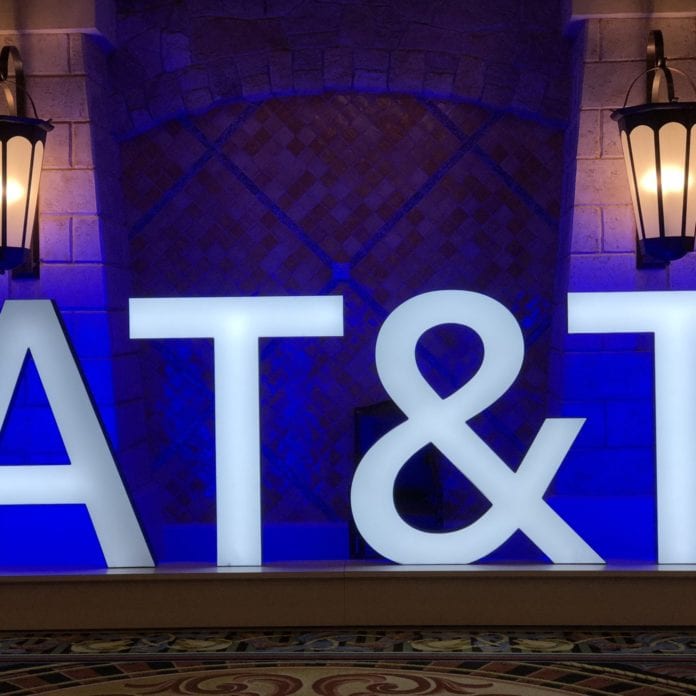Combo of HBO Max and 5G sets the stage for ad-related revenue
Igal Elbaz, AT&T senior vice president of wireless technology, said last week at the Morgan Stanley European Technology, Media and Telecom Conference the carrier will continue to prioritize network investments as the operator, in the aftermath of its Time Warner and rebrand to Warner Media, embarks on a three-year plan to “grow our revenue, adjusted EPS and free cash flow through 2022, while at the same time keep deleveraging our balance sheet.”
So where will that revenue growth come from? There’s the ad-serving revenue opportunity associated with the combination of wireline/wireless networks and the streaming HBO Max content but more on that later. Off the bat, Elbaz called out “equipment sales” as projected to partly account for 1% to 3% CAGR.
While many analysts and industry watchers are tracking longer device upgrade cycles now in the two-year range, Elbaz said the availability of 5G will catalyze new device sales. “We believe with the transition to 5G, a lot of the people and the consumers will go and refresh their devices to get on those new 5G devices with the new capabilities.” He sees 5G uptake as leading to “wireless service revenues growth of !% to 2% CAGR,” according to a transcript of the interview provided by AT&T.
Right now AT&T is offering millimeter wave-based 5G in parts of 22 markets with a focus on enterprise customers. Elbaz called out 5G services at a Samsung semiconductor fabrication facility in Austin, at AT&T Stadium in Dallas and with a hospital system in Chicago.
Calling the advent of 5G a “paradigm shift,” Elbaz characterized it as the first “real-time network, enabling a lot of use cases like smart manufacturing and robotic[s] and others that we couldn’t do before.”
In terms of scaling out 5G, Elbaz said AT&T will deploy sub-6 GHz 5G “before the end of the year and it’s going to roll out to nationwide in 2020.” He mentioned the role of dynamic spectrum sharing in facilitating an expansion of 5G into LTE bands “to take advantage of all the spectrum that we have to be deployed into 5G.”
Asked how sub-6 GHz 5G would compare to millimeter wave based 5G (AT&T has clocked speeds on its millimeter wave network in excess of 2 Gbps downlink throughput), Elbaz said, There’s some improvement in spectral efficiency. You’re going to see some marginal differences.”
As for HBO Max, that’s set to launch in May for $14.99 per month and include content from HBO, Warner Brothers, the Turner networks and other Warner Media content holdings.
“Consumers are consuming more and more content, and they want to consume premium content,” Elbaz said. “And most importantly, they want to consume it in a digital way, which means not on your set-top box and not in your living room. They want to consume it everywhere they want. So if you believe in this, then you need to believe that you need to provide those customers correct network, great performing network and the ability — and the right devices to enable them to do this everywhere they go, plus the distribution point, distribution capabilities.”

